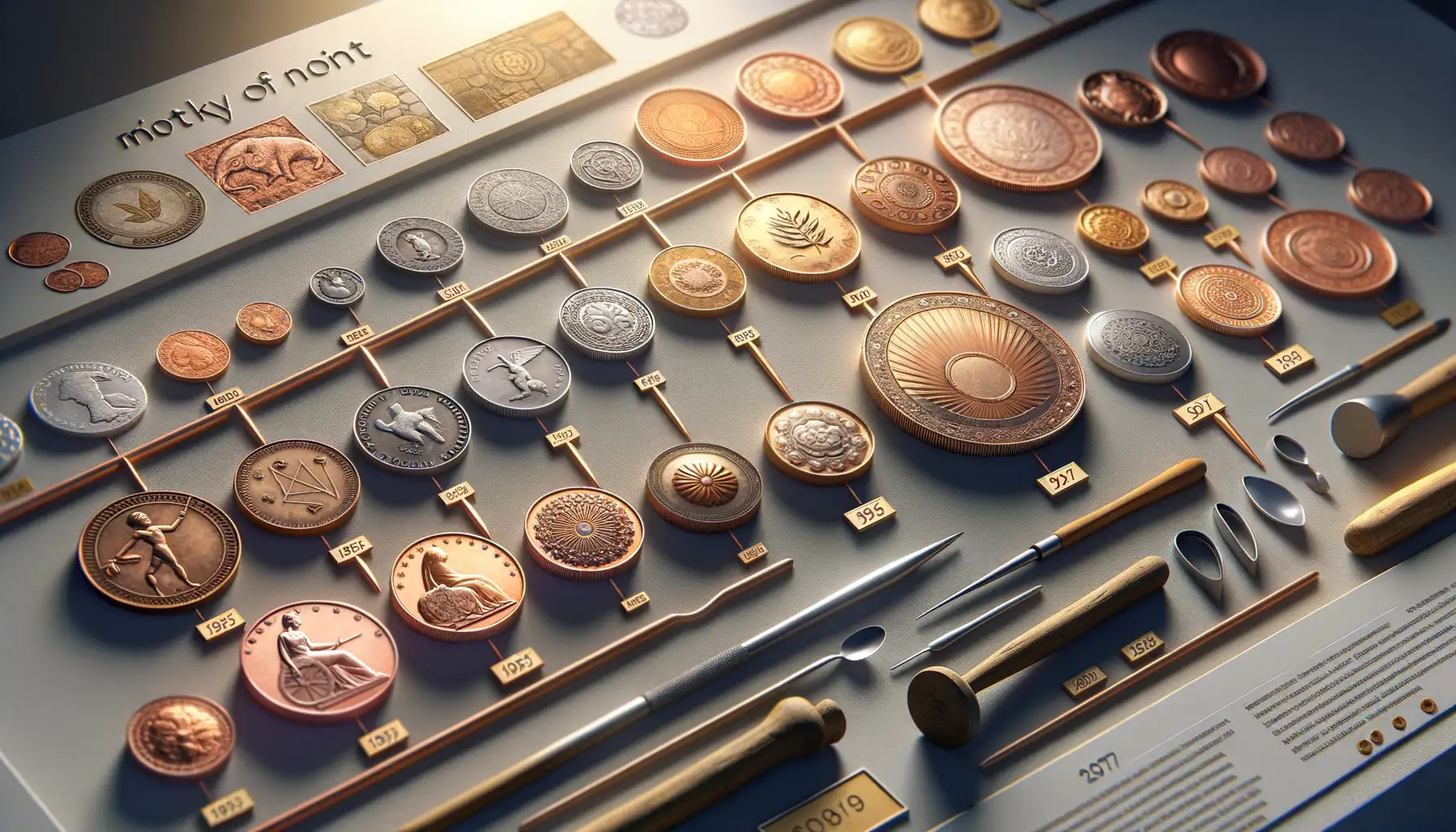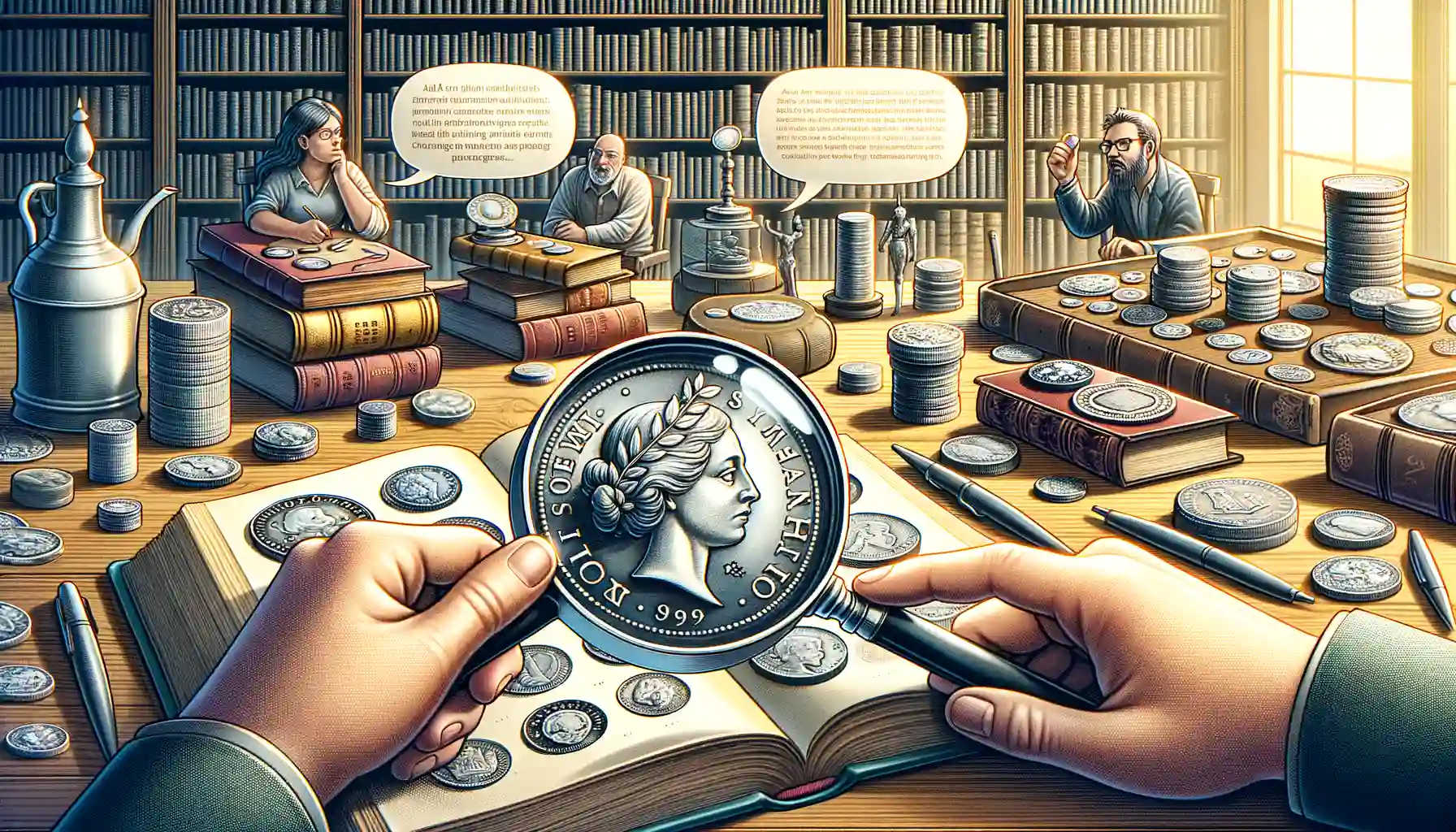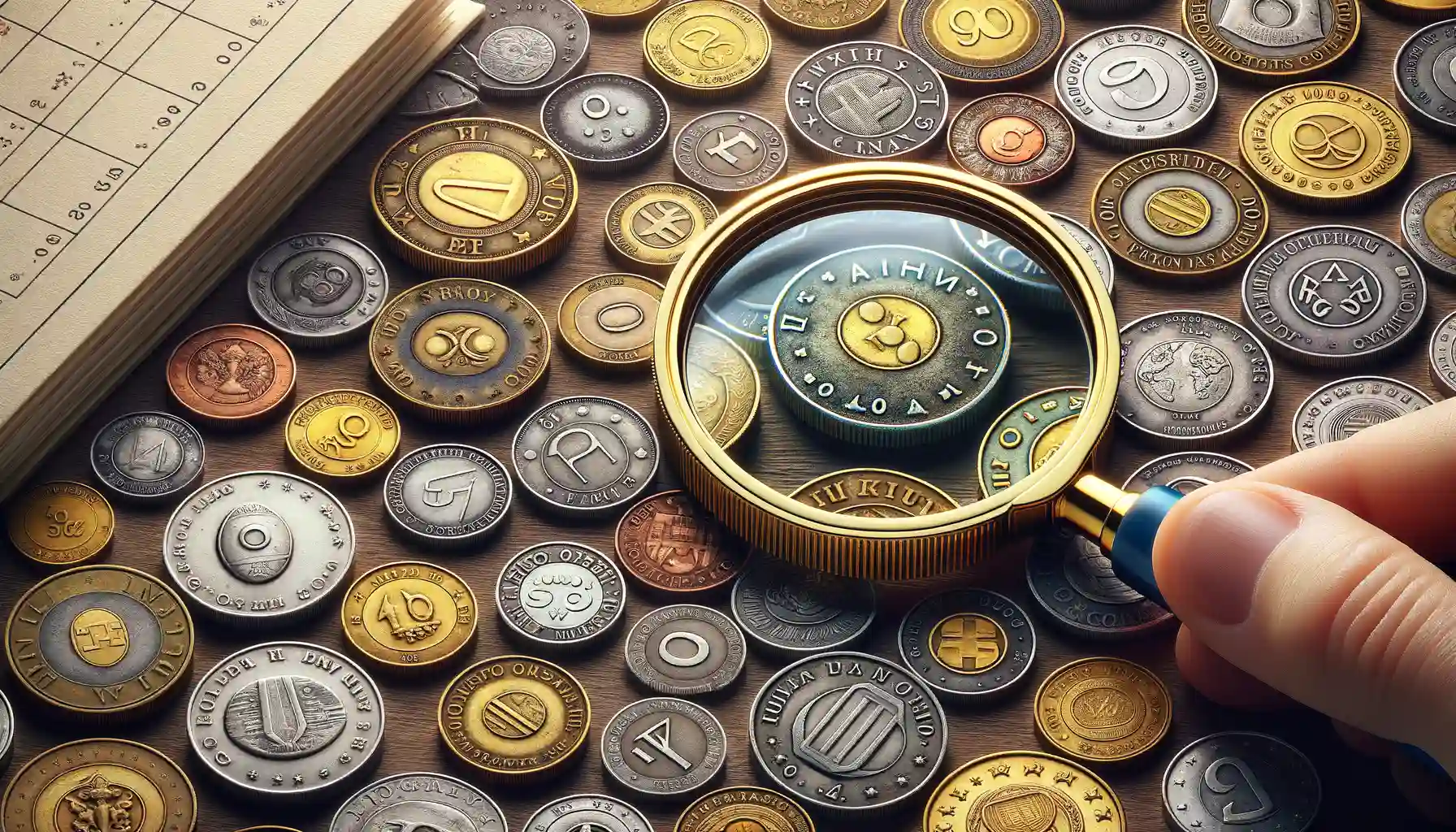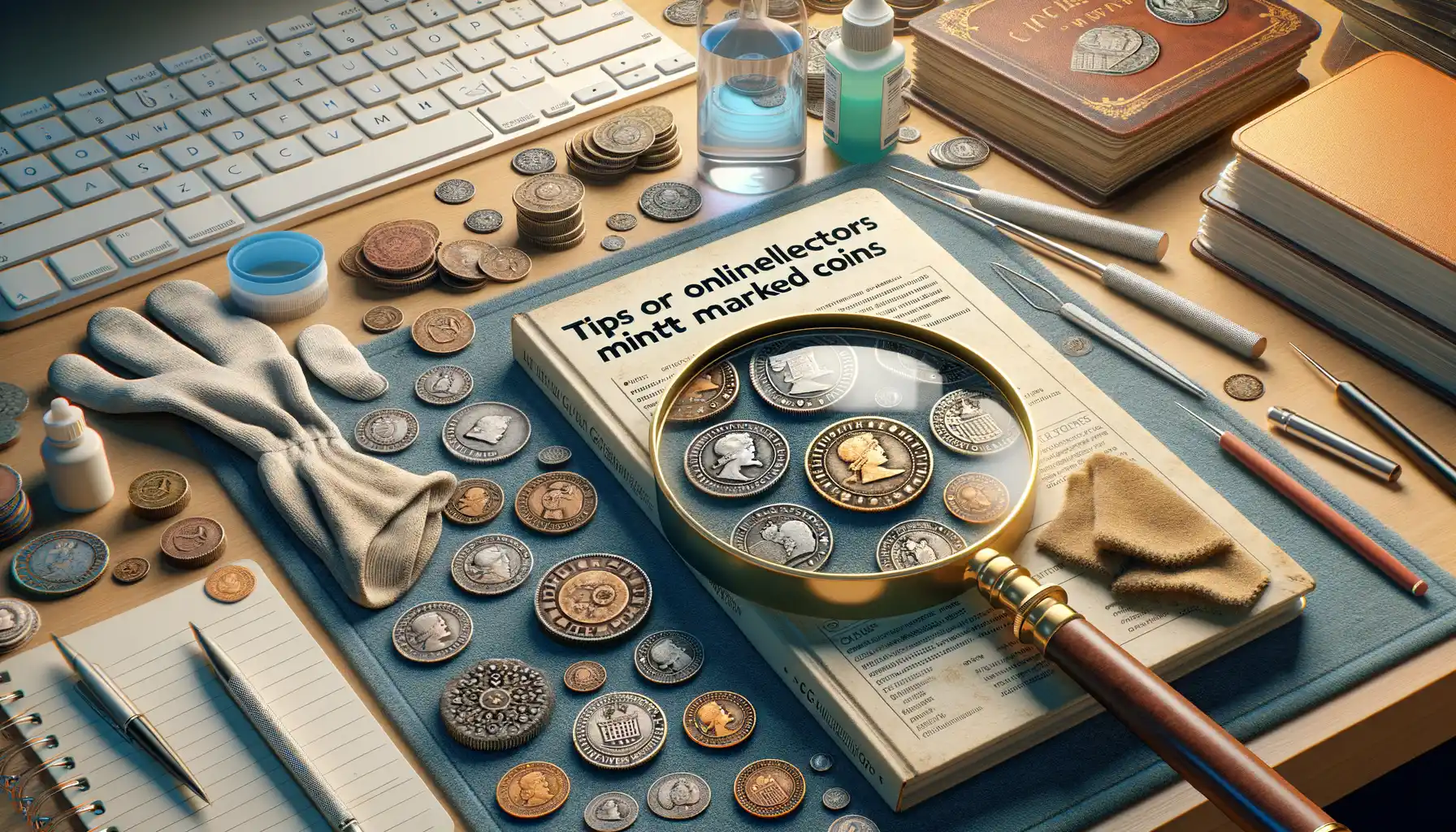Introduction to Mint Marks and Their Importance
What Makes Mint Marks So Special?
Imagine holding a coin from 100 years ago. On its surface, beyond the glint of wear and age, lies a tiny detail that whispers its origin: the mint mark. This seemingly insignificant symbol is like a treasure map’s X — it tells collectors where this coin began its journey. Without mint marks, coins would tell only half their story, like a postcard with no return address.
Why do these marks matter so much? First, they reveal the history and craftsmanship of different mints. Some U.S. mint marks, like “D” for Denver or “S” for San Francisco, are beloved by enthusiasts. But there’s also the thrill of rarity. For instance, coins bearing the elusive “CC” of Carson City often create a frenzy among collectors due to their limited production.
- Mint marks preserve authenticity and help pinpoint a coin’s value.
- They connect us to historical events, marking the times and places shaping their creation.
- For online collectors, mint marks act as a signature of trustworthiness when dealing with rare finds.
The Hidden Charm of Mint Marks in Everyday Coins
Next time you examine loose change, look closer. That small letter might have journeyed through pivotal moments in history! Your ordinary dime stamped with a “W” could be a West Point rarity, while the “P” on a quarter links directly to the famed Philadelphia mint. Isn’t it magical how something so tiny packs such monumental significance?
The Origin and Evolution of Mint Marks

Where It All Began: A Historical Journey
Mint marks weren’t always the tiny, fascinating details collectors hunt for today—they started as practical tools with a pinch of genius. Picture ancient Greece or Rome, bustling with trade and coins changing hands like whispers. To keep order in this economic chaos, mint marks were born. These small symbols indicated where a coin was minted, ensuring accountability. After all, if a batch of coins was substandard, someone had to answer!
The idea first took root in civilizations that thrived on trade. Fast forward to medieval Europe, and mint marks became even more important. With kingdoms scattered far and wide, identifying coins’ origins wasn’t just helpful—it was essential for trust. The U.S. introduced mint marks in the late 18th century with letters like “P” for Philadelphia and “D” for Denver. Each letter carried a legacy, a story etched in metal.
Why Mint Marks Changed Over Time
Over centuries, the role of mint marks evolved. What began as a stamp of accountability soon turned into something bigger—a piece of history nestled in plain sight. Think of them like breadcrumbs, tracing the journey of coin production across regions and rulers. Some mints closed, others opened, and their marks became anchors for understanding those shifts.
Fun fact? Not every coin has one! Certain periods, like during World War II, saw mint marks disappear briefly due to material shortages or changes in policy. For collectors today, these quirks are not just fascinating—they’re treasure hunts.
How Mint Marks Impact Coin Collecting

Why Mint Marks Are the Secret Spice in Coin Collecting
When it comes to coin collecting, the difference between “interesting” and “priceless” can often be traced back to one tiny detail: the mint mark. These unassuming letters or symbols may be small in size, but their impact on a coin’s value, rarity, and story is enormous. Think of them as a coin’s DNA—each mint mark tells you where that piece of history was born.
What makes them so thrilling? For starters, coins with the same design can have wildly different values based on the minting location. A penny from the Denver Mint might be worth pocket change, while one from San Francisco, struck the same year, could fetch hundreds—or even thousands! Suddenly, the hunt for mint marks becomes more like a treasure hunt.
- Some mints produced fewer coins, making their mint marks rarer (hello, New Orleans Mint!).
- Errors tied to mint marks—like double strikes—create instant collector buzz.
Coins without mint marks? They add another layer of intrigue, leaving collectors eager to uncover the mystery: Was it a deliberate omission? Or just a quirk of history?
Identifying Mint Marks on Coins

Where to Look for Mint Marks on Your Coins
Picture this: you’re holding a coin, its surface shimmering with the promise of a secret. That “secret” is often the mint mark, a tiny letter or symbol quietly nestled somewhere on its face. It’s like a miniature treasure map, pointing to where your coin was created. But where should you begin your search?
Most U.S. coins will have their mint marks near the edge of the design. For instance, on modern quarters and dimes, look closely at the front side (the obverse), just next to the iconic image of George Washington or Franklin Roosevelt. Older coins, however, can play hard-to-find with their mint marks—sometimes hiding them near the date or even on the reverse (the back).
- P (Philadelphia) – Found on modern coins but often missing on older ones.
- S (San Francisco) – Common on proof sets; treasure it if spotted on circulating coins.
- D (Denver) – Known for its bold positioning just above the mint year.
Always bring a magnifying glass—it’s your best sidekick in this hunt! And remember, sometimes the smallest detail carries the richest history.
Tips for Online Collectors to Evaluate Mint Marked Coins

Spotting Authenticity: A Collector’s Sixth Sense
When you’re browsing coins online, evaluating mint marks can feel like deciphering an ancient code. But don’t worry—every collector starts somewhere! The key? Sharpening that keen eye for detail. First, study high-resolution images like a detective examining clues. Zoom in! Those tiny marks often hide in plain sight, near edges or tucked under design features, like a shy guest at a party.
Watch out for inconsistencies. A genuine mint mark should align with the coin’s overall wear and design—it shouldn’t scream, “I’m brand new!” If something feels off, trust your gut. Coins altered with fake mint marks sometimes look “too perfect” or have strange textures around the mark.
- Compare coins: Side-by-side comparisons with verified examples are pure gold for spotting anomalies.
- Ask sellers questions: Enthusiastic dealers love to share coin stories. If they dodge questions about origin or certification, consider it a red flag.
Grading Reports: Your Secret Weapon
For rare or expensive finds, demand a grading report. Certified coins from trusted graders like PCGS or NGC offer ironclad authenticity. Think of it as your compass in the vast sea of online shops. Without it, you risk stepping on counterfeits disguised as treasures. Remember, confidence turns clicks into brilliant discoveries!
